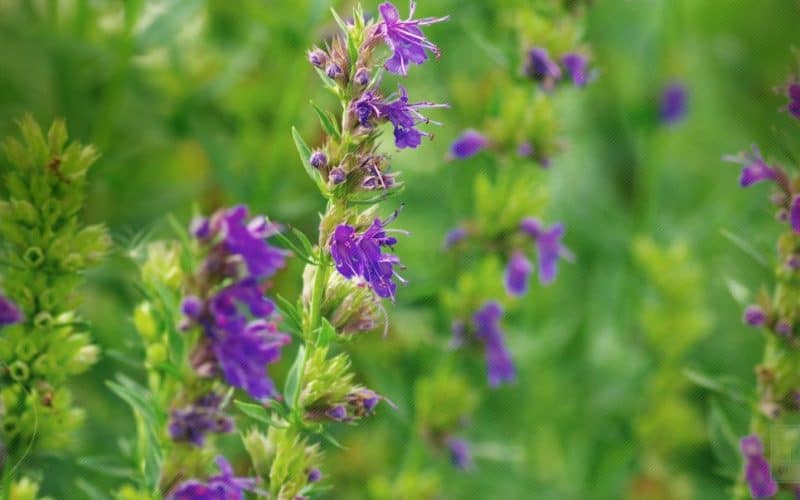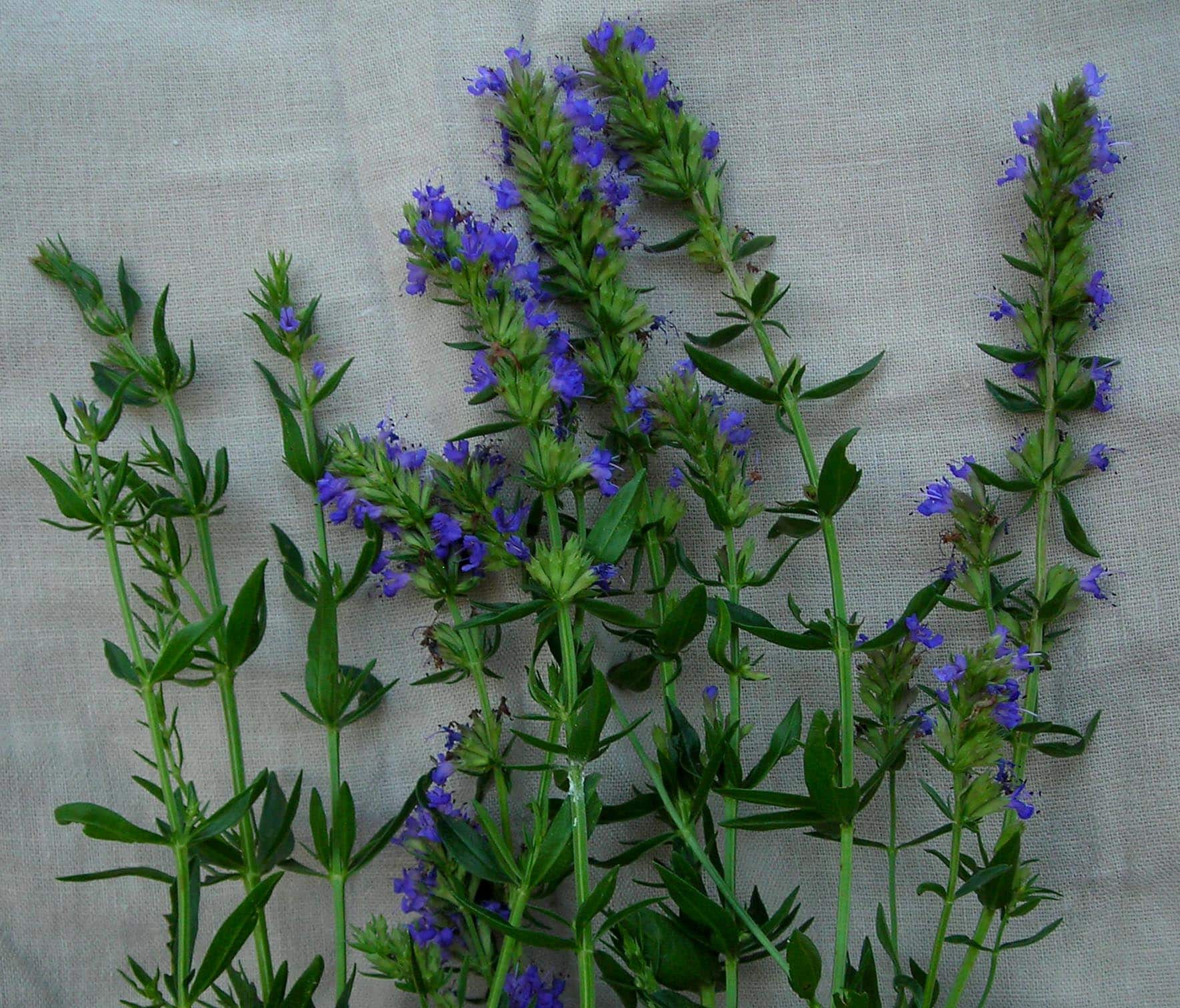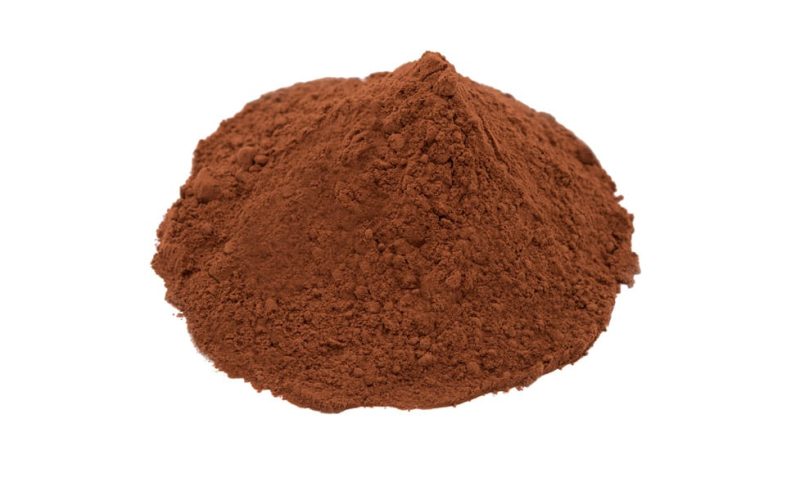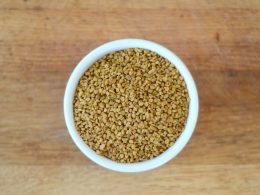Zufa or Hyssop is a famous medicinal herb that is also a member of the mint plant family. It is closely related to plants like rosemary, oregano, thyme, and lavender.
In times past, Zufa was one of the many plants largely used as a culinary herb, even though it is not regularly used in this manner these days, probably because a lot of people have shifted far away from nature and have no idea what to do with this plant.
Hyssop or Zufa, is not a relation of the famous Water Hyssop, even though it has a similar name, and neither is it known to be the hyssop that was talked about in the Bible because this plant is native to the Mediterranean regions instead of Palestine or Israel.
It was also known to Hippocrates who greatly believed that this plant is beneficial for all kinds of respiratory ailments, primarily bronchitis and it can also be used for nasal congestion, coughs, and as an expectorant.
Most people know this plant as hyssop instead of Zufa, and It is still widely used as a herb for these conditions in the Indian subcontinent where it is actually called Zufa in Urdu. If you are wondering where the word Hyssop comes from, it is from the Greek word isoppos.
The Romans used Zufa to make a tasty herbal wine, but that wine is not amongst the ancient ones that are considered palatable nowadays, so the plant is no longer used in this way anymore.
Zufa has some nice flowers that smell of camphor-mothballs which makes them distinctive enough to pick up or recognized in the wild, and Zufa has become quite naturalized in Northern part of America and Great Britain, so they can be distinguished easily by their unique fragrance.
Zufa came into the herbal space in the Middle Ages and found its way to the farms and gardens of monks to spice up sauces and soups and also add to meat dishes.
Later on, in the 16th and 17th centuries, the hot infusion from Zufa was used as a medicine for the vapors that came off it to treat different ear problems.
Most of the herbalists at that time used it to cure lots of conditions and the tisane that is got from the flowers was administered for urinary tract disorders, and also as an emmenagogue for menstrual problems.
It was also used to stop spasms and aid digestion. When Zufa is mixed with honey, it can be used for sore throats, colds, coughs, as well as to induce sweat during fevers. Zufa is not a herb that should be taken during pregnancy.
The bruised Zufa leaves would be rubbed on rheumatic joints in the past to relieve pain and were used in poultices as they helped to reduce swellings that are caused by sprains.
Something else the crushed Zufa leaves were used for, was to heal wounds and sores (it is the Zufa leaves that are crushed to produce the essential oil) and people in the ancient times used the Zufa herb as an insect repellant, mostly to avoid lice.
Almost every part of the Zufa plant is useful, and the juice from its leaves have been used a lot of time to great effect when it came to getting rid of intestinal worms.
Zufa or hyssop baths were often recommended for the treatment of rheumatism, and it can also relieve stress if you decide to get a soak in a bath of hyssop flowers and leaves. These leaves and flowers are best gathered in the late part of July or the early part of August when the plants are in full bloom.
The infusion or tisane can be made with a small teaspoon of the dried herb ( flowering tops and leaves) and used only externally on bruises, injuries and also as a skin tonic because it is believed to greatly help smoothen out wrinkles.
For internal use, you can take this herb to relieve flatulence, clear the nasal passages and the bronchial passages, as a diuretic, aid digestion, expectorant (mixed with honey), if you ever lose your voice from shouting (again with honey) and also for stress relief and nervous problems.
Zufa is best mixed with lemon balm or mint as a tisane or simply as a refreshing drink. All you need is to get 1tsp of the dried flowers and leaves, with lemon balm or a few leaves of mint to a single pint of boiling water.
Leave the mixture to steep for about 15- 20 minutes and drink it hot with sugar or honey to taste. What the tisane can do for you is to regulate blood pressure and it is great for asthma
While people at present do not know much about what to do with the Zufa plant, modern medical research has been ongoing for a while now, but there are bright hopes that it may help to combat HIV since it has antiviral and antimicrobial action.
It contains oleanolic and ursolic acids which possess anti-inflammatory qualities, and ursolic acid has been discovered to inhibit the growth of cell in human leukemia, and melanoma cell line in mice. Zufa herb also comes with bioflavonoids which are known to have potent antioxidant activities.
Marrubium that is found in the Zufa herb has expectorant qualities, so that is one use that the herbalists got to use right in ancient times. The diterpene and marrubium are very similar to taxol, and that has some anti-cancer effects and has also been discovered to have antiviral and antibiotic properties.
One other flavonoid known as Diosmin has been famously used in the treatment of acute nasal conditions and allergies, and can also help in the treatment of piles and varicose veins.
It is also being studied for its suspected anti-cancer activities, as well as its treatment of colitis, PMS/PMT, and diabetes.
Hyssop or Zufa, also contains triterpenoids which have been tested in labs and discovered to have mental health benefits as it not only decreases anxiety in mice but also increases their mental functions and works well to strengthen the skin and heal wounds.
Both the fresh and the dried Zufa flowers can be used as a decorative garnish, but then they also lose their nice smell when they dry, so they can’t exactly be used in potpourris.
Zufa has been used for centuries by French monks to make the liqueurs, Chartreuse and Benedictine, and it was a part of the ingredients used in the original absinthe and even in the ones on sale today.
Zufa has also been used to make body lotions, oils, soap, and can be seen as one of the Ingredients in some spicy perfumes. If you want to get creative with the Zufa plant, you can make a grey-green dye with it.
You can use Zufa in most sugar syrups to just pour over waffles or fruit and you can use the fresh leaves as a salad green. Right below is a simple DIY dressing for your salads and also for your favorite salmon steaks. Give it a try and let us know what you think.
Zufa Dressing Ingredients
- 1 tbsp of finely chopped Zufa leaves
- 1 tbsp green peppercorn mustard or Dijon mustard
- 1 tbsp Olive oil
- 1 tsp sugar
- 1 tbsp of white wine vinegar
- 2 tbsp soured cream
Preparation method
Gather all the ingredients in a bowl and mix thoroughly. Pour mixture into a jar with a lid and shake properly.
Leave the freshly made salad dressing to stand for at least 60 minutes at room temperature and then proceed to shake well for the second time before pouring.
You can use this dressing on almost anything that goes well with a salad dressing, and you also get to brag about it to your friends.
Zufa is a herb you should try pretty soon, and we would love to know what your thoughts about it are. Please interact with us by leaving a comment in the section provided below.










